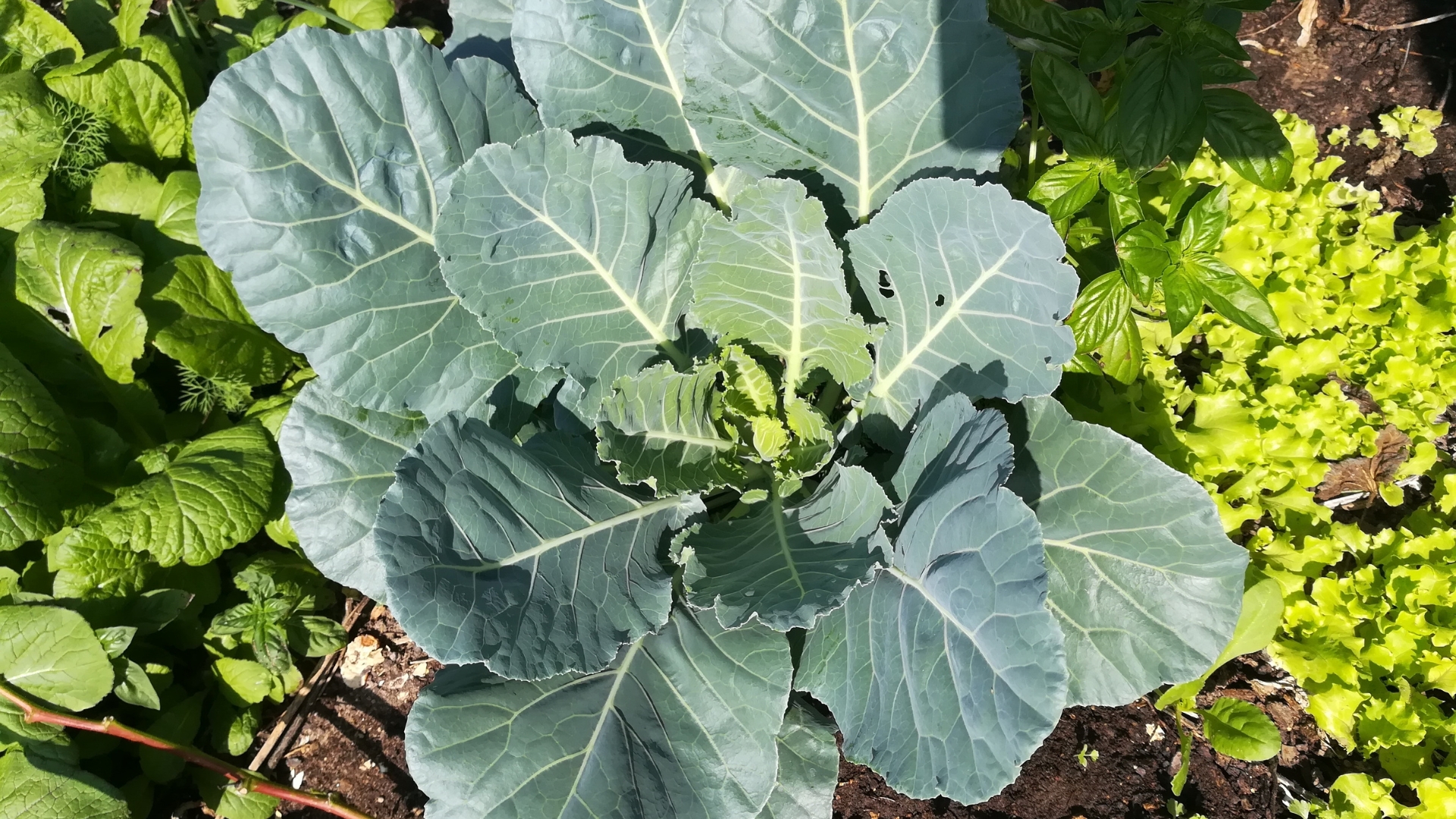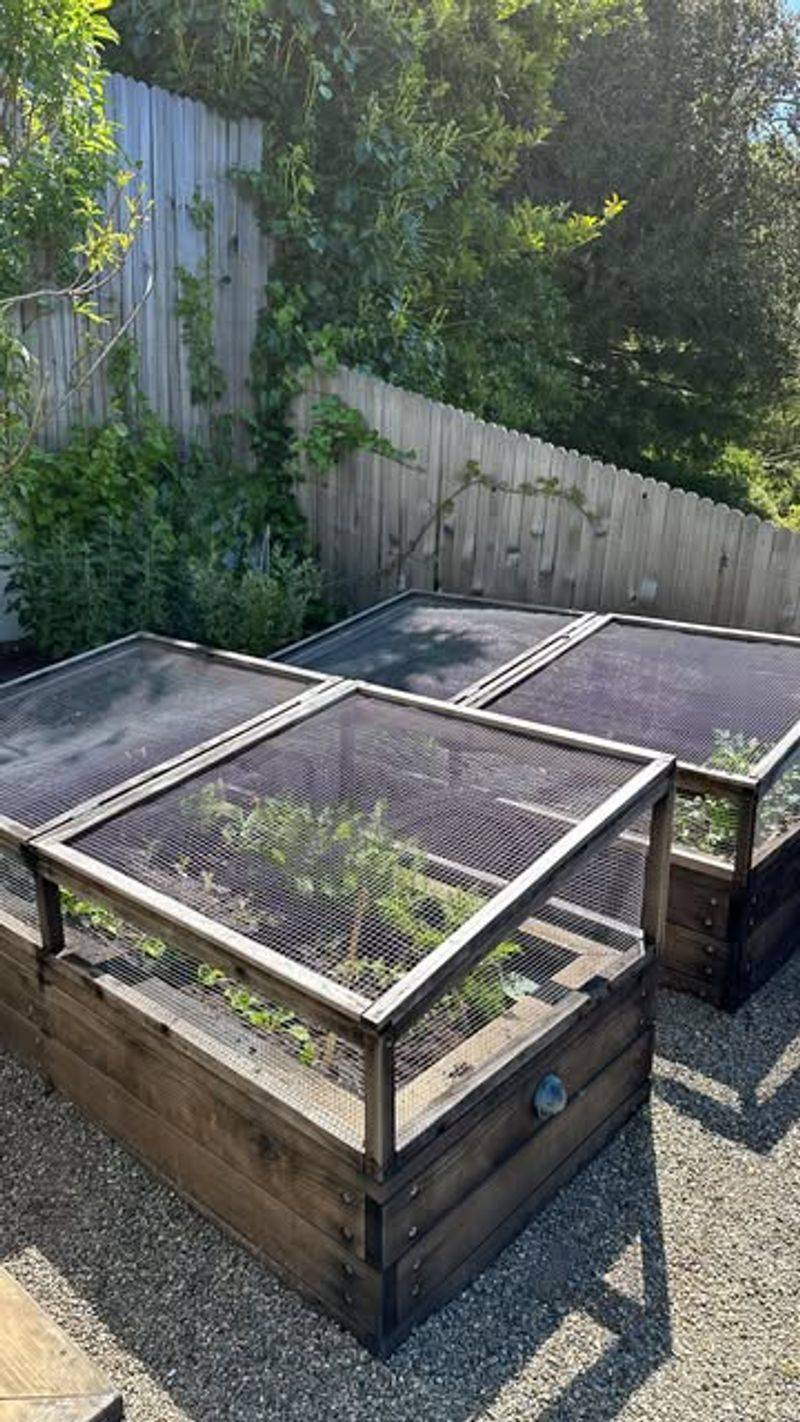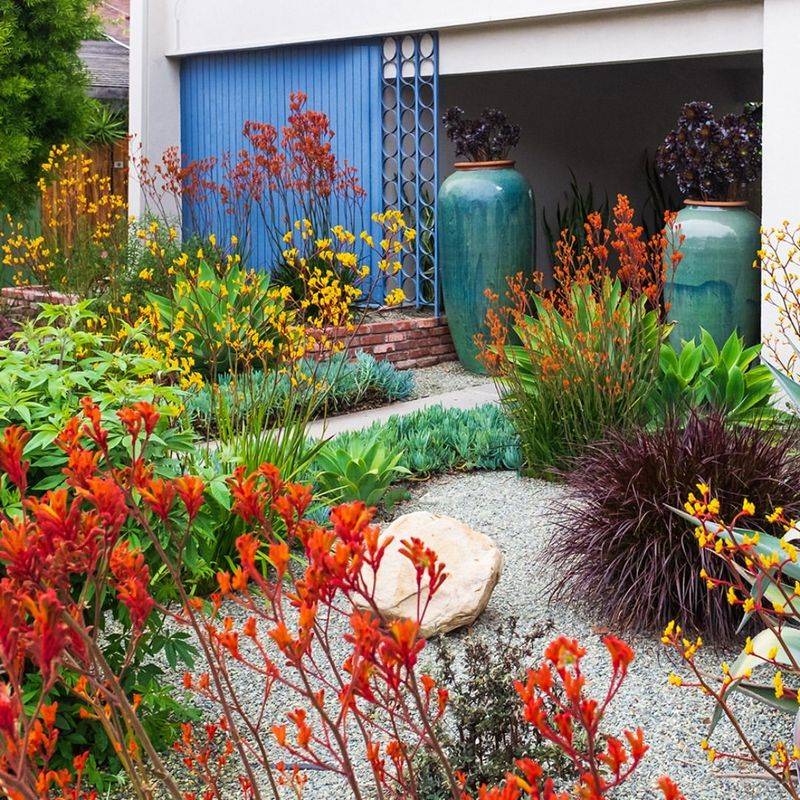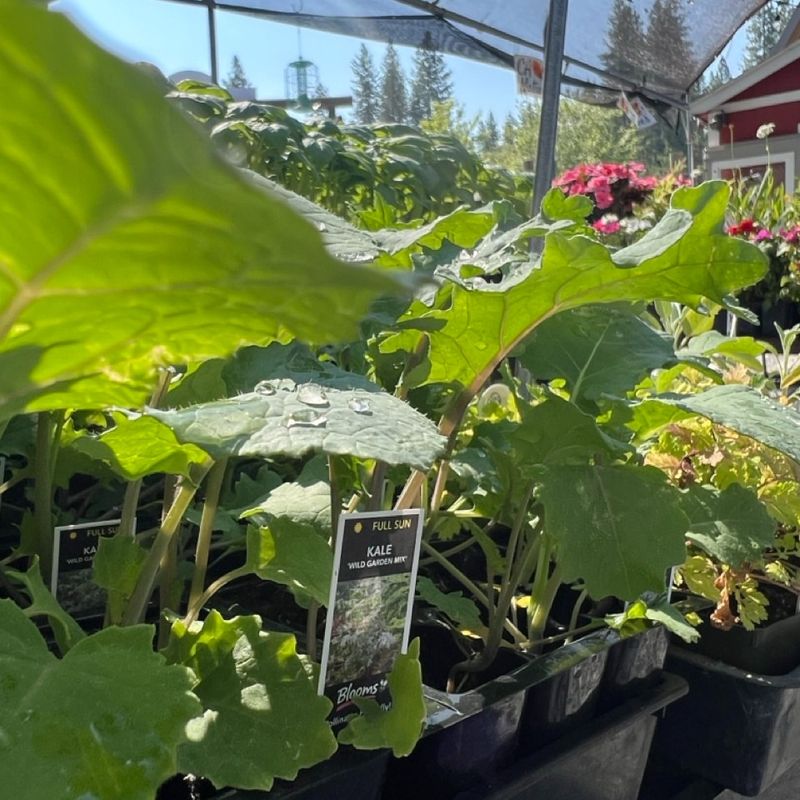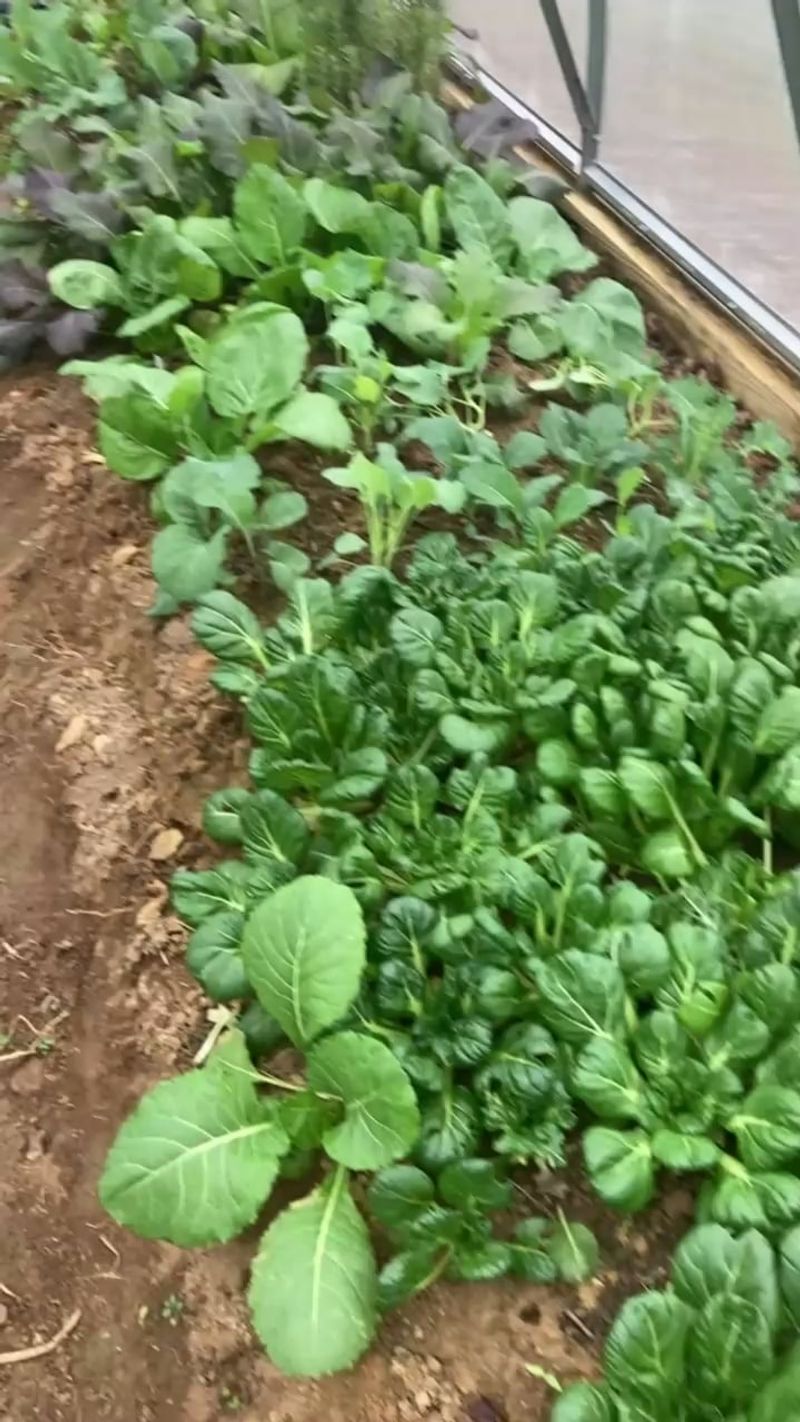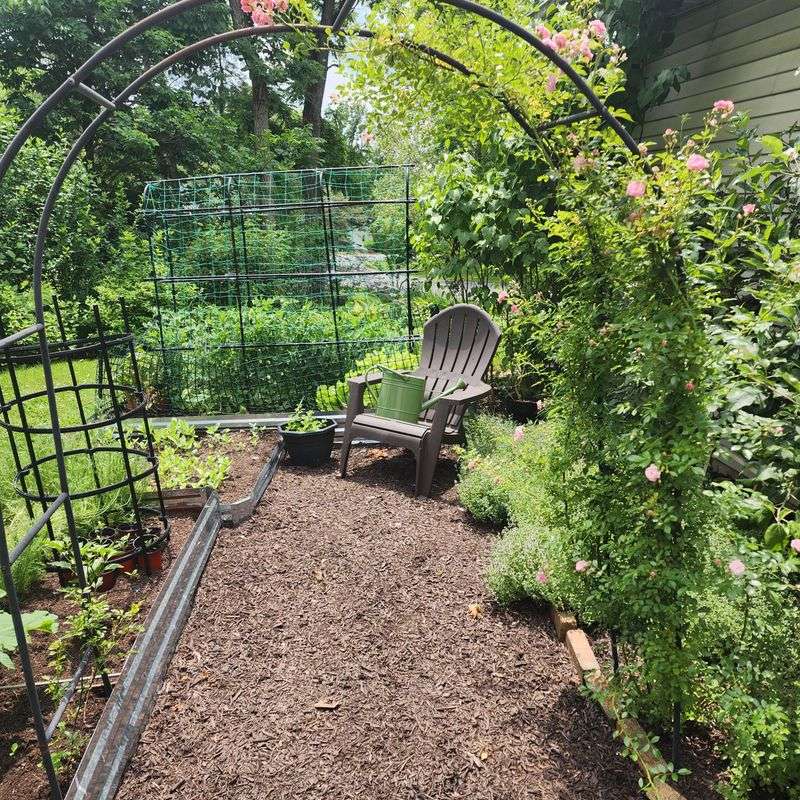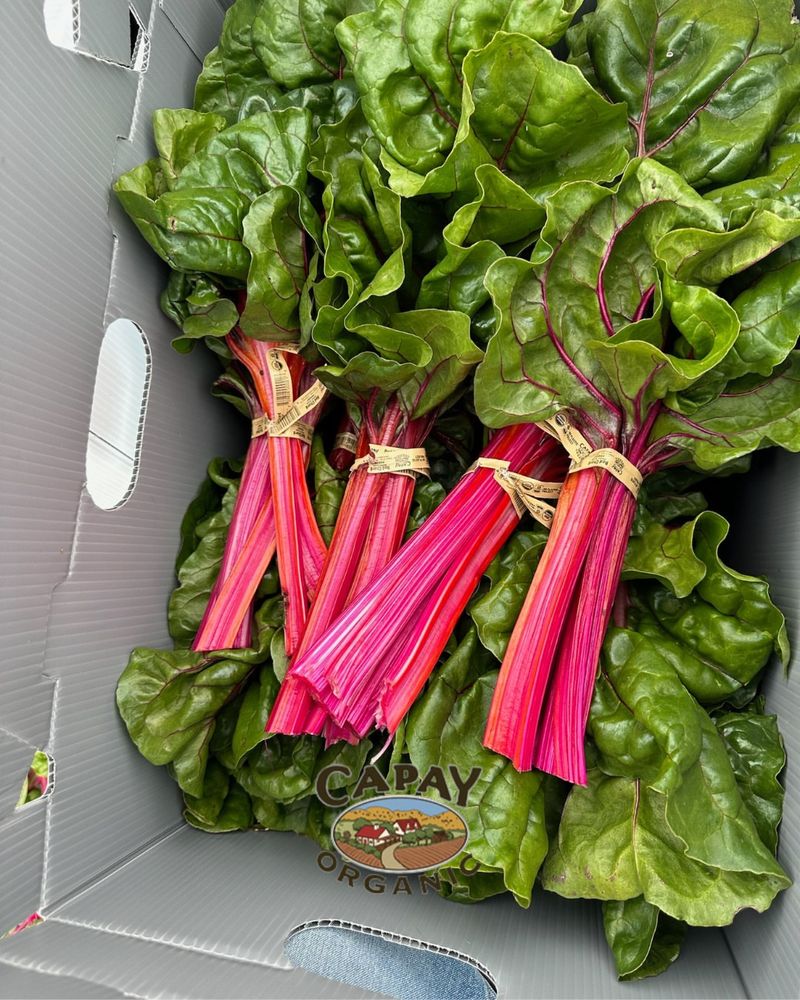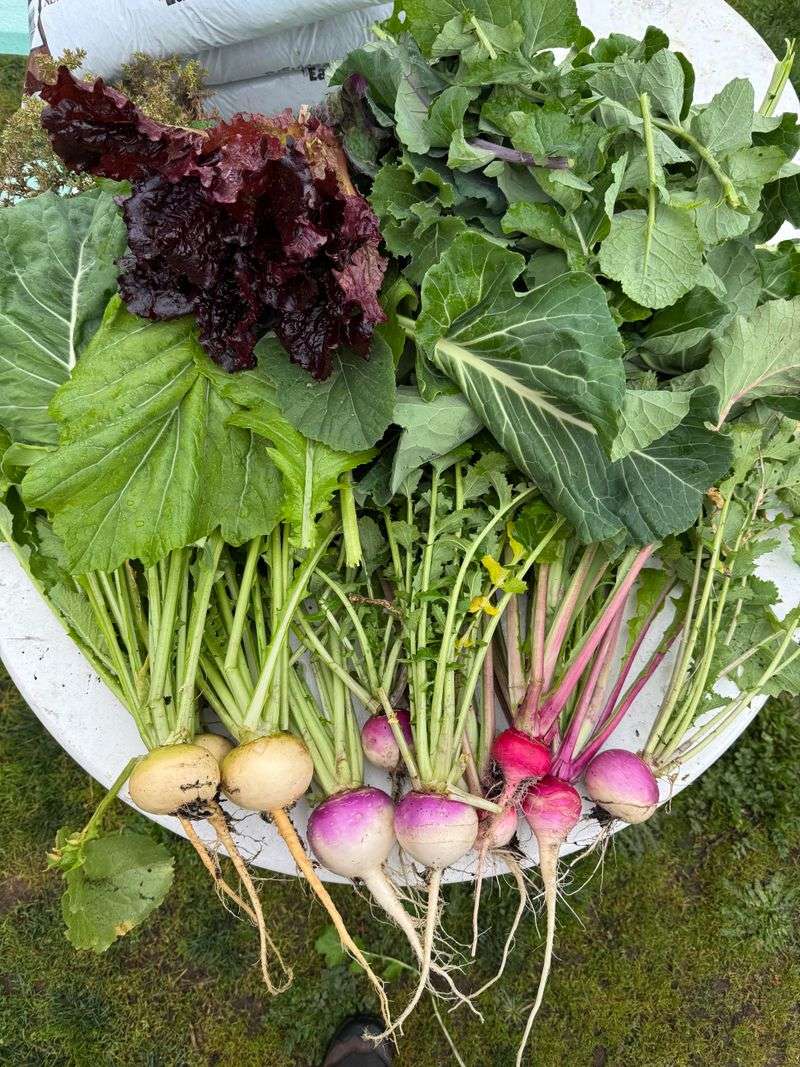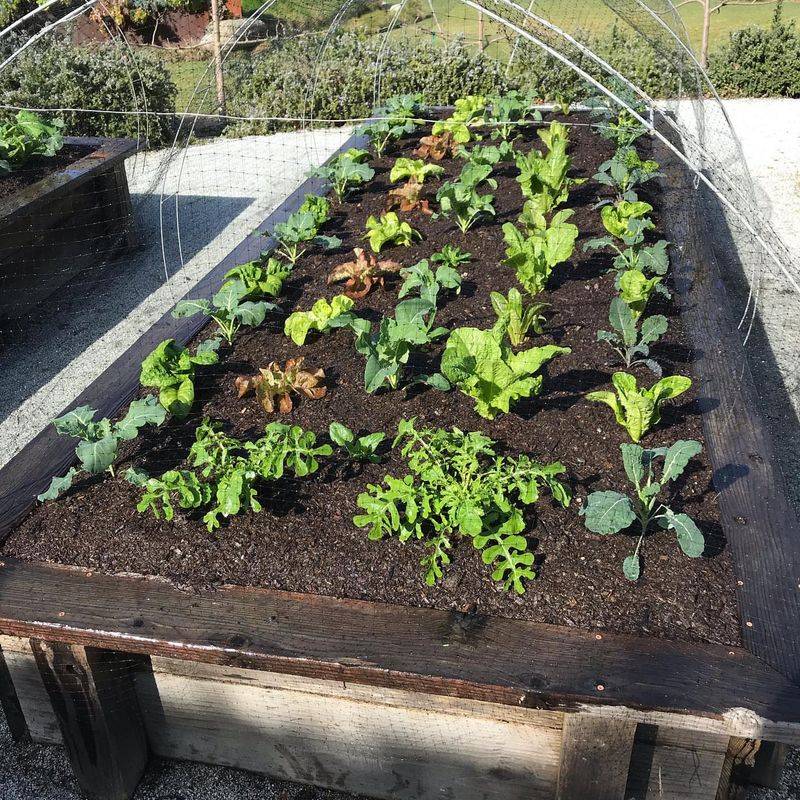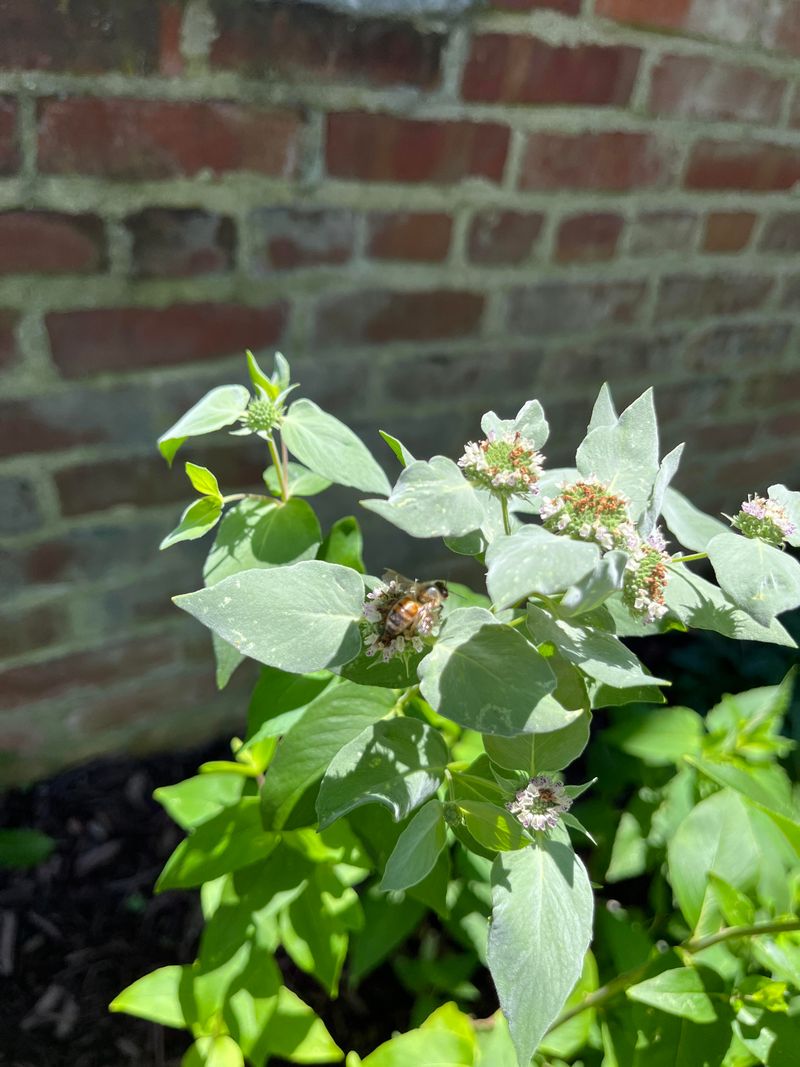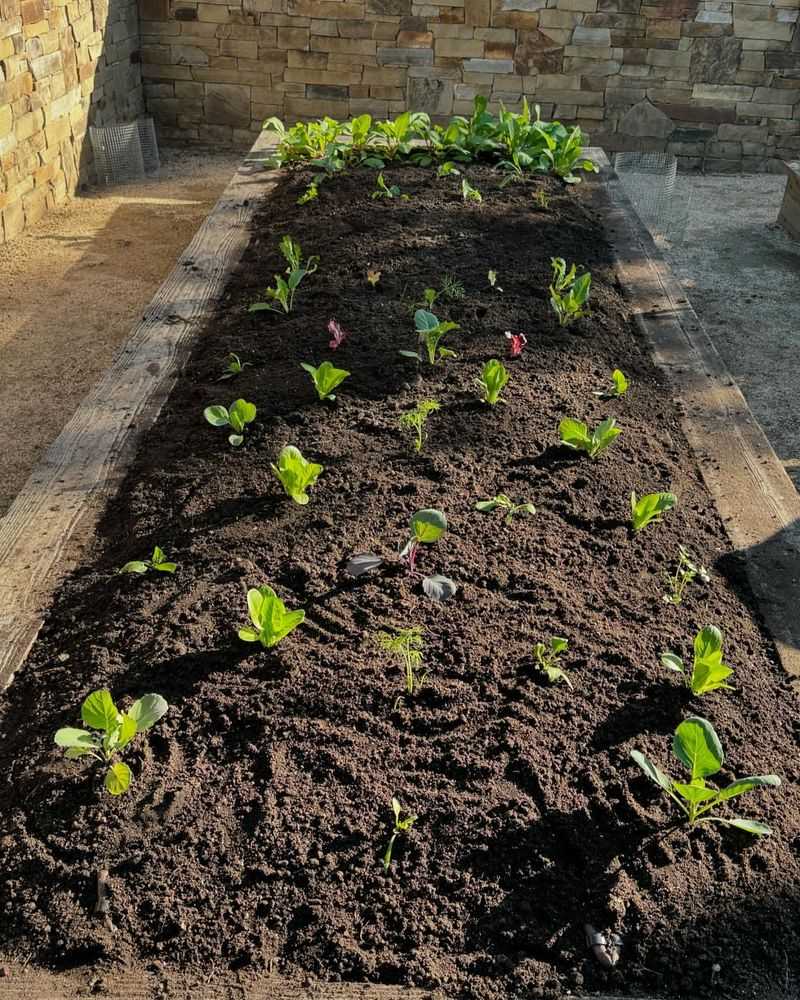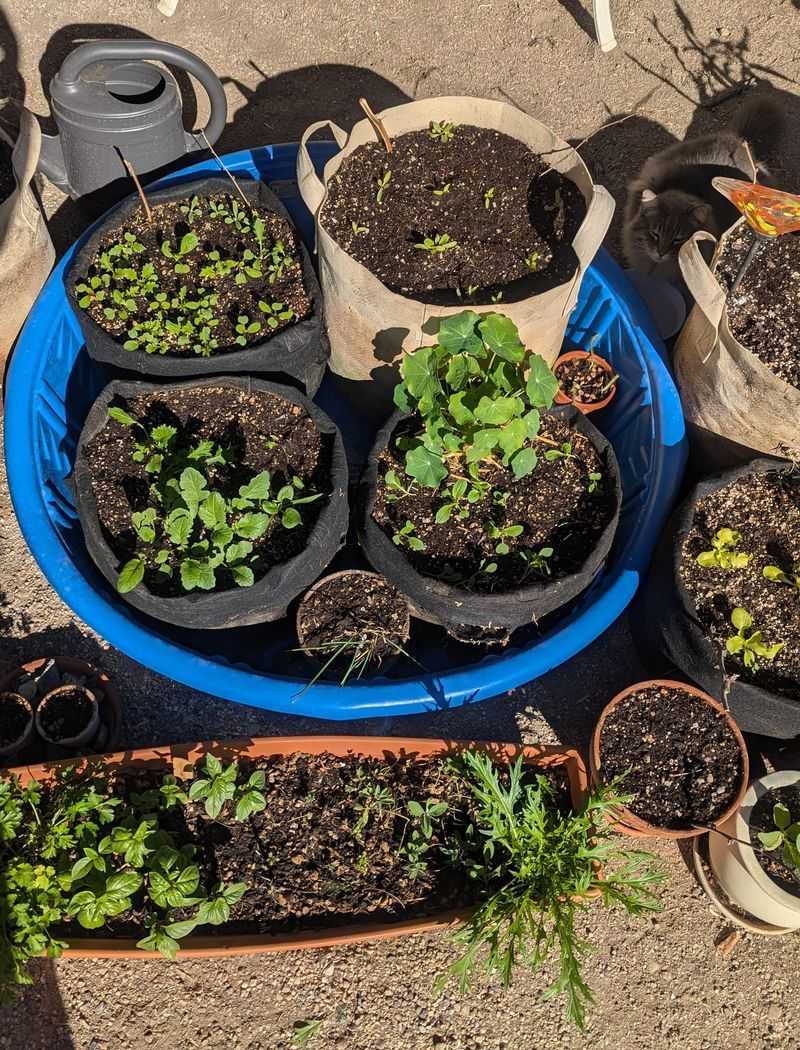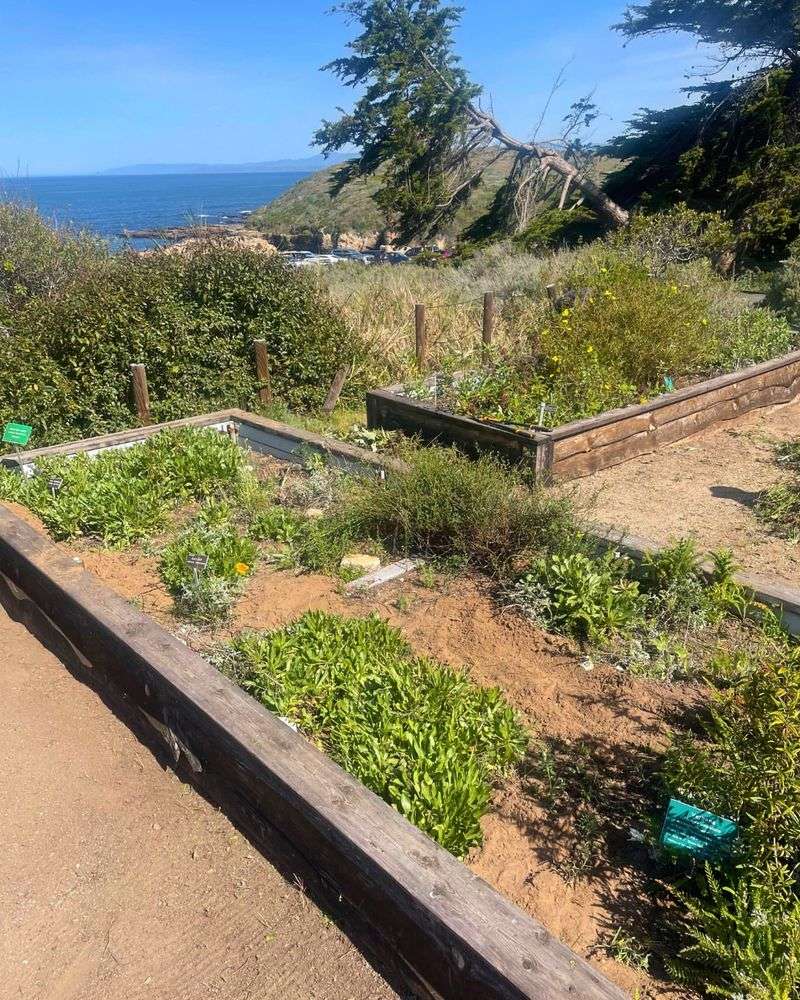California’s cooler days are rolling in, and it’s prime time to get those cool-season greens going. I love how crisp and fresh these veggies taste when you grow them right now.
Planting now means you’ll have salads and sides ready just as the weather cools down. I’ve been stocking up my garden with kale, spinach, and all the good stuff myself.
If you want a garden that stays tasty all season, this is the moment to act.
1. Extended Growing Season
California’s mild winter climate creates the perfect environment for growing greens when other regions face frost. Many cool-season vegetables actually thrive when temperatures drop below 70°F, developing better flavor and texture.
Across the Golden State, from San Diego to Eureka, gardeners can enjoy harvests long after summer crops fade. This natural advantage means more homegrown food with less effort.
2. Reduced Pest Pressure
Cooler temperatures naturally decrease insect populations that plague summer gardens. Aphids, caterpillars, and other leaf-munching pests become less active or disappear entirely as fall progresses in California.
Many California gardeners find they can reduce or eliminate pesticide use during cooler months. This timing advantage means healthier plants with fewer interventions and cleaner harvests for your table.
3. Water Conservation
Fall and winter bring natural rainfall to many parts of California, reducing irrigation needs. Cool-season greens require significantly less supplemental water than thirsty summer crops, helping conserve this precious resource.
Even in drought-prone regions of the state, morning dew and reduced evaporation rates keep soil moisture levels more stable. Your water bill will thank you while you’re still enjoying fresh garden harvests.
4. Nutritional Powerhouses
Cool-season greens pack incredible nutritional density compared to many other vegetables. Kale, spinach, chard, and other leafy options deliver vitamins A, C, K, and numerous minerals essential for winter immune support.
California’s health-conscious residents appreciate access to these superfoods straight from the garden. Regular consumption of these nutrient-rich greens supports overall wellness during cold and flu season.
5. Soil Improvement
Growing cool-season greens helps maintain living roots in your garden soil year-round. These active root systems prevent erosion and feed beneficial soil microorganisms that might otherwise go dormant.
Many California gardeners use winter greens as part of their soil management strategy. Their relatively shallow roots help break up compacted areas without disturbing deeper soil structure, improving next season’s growing conditions.
6. Cost Savings
Grocery prices for organic greens skyrocket during winter months when transportation costs increase. A small patch of cool-season greens can save California families hundreds of dollars between November and March.
Many varieties like kale and chard offer “cut-and-come-again” harvesting, providing multiple meals from the same plants. This efficiency makes cool-season greens among the most economical crops for California home gardeners.
7. Culinary Versatility
Cool-season greens offer incredible cooking flexibility, from raw salads to hearty soups. California’s diverse culinary traditions embrace these vegetables in countless dishes reflecting the state’s multicultural heritage.
From tender baby greens to sturdy cooking varieties, these plants provide texture and flavor variety throughout winter. Even picky eaters often enjoy the milder, sweeter flavors that develop in greens grown during cooler weather.
8. Quick Harvests
Many cool-season greens mature remarkably quickly compared to summer vegetables. Baby lettuce, arugula, and spinach can be ready for harvest in as little as 30 days after planting in California’s mild climate.
This rapid turnaround provides almost immediate garden gratification while waiting for slower-growing winter crops. California gardeners can enjoy continuous harvests through succession planting every few weeks.
9. Garden Beauty
Cool-season greens add stunning visual interest to California winter gardens with their varied textures and colors. Purple-tinged kale, rainbow chard, and frilly mustard greens create an ornamental display that’s both beautiful and edible.
Many California homeowners incorporate these attractive plants into front yard landscapes. Their aesthetic appeal challenges the notion that vegetable gardens can’t be visually striking year-round.
10. Seed Saving Opportunities
Fall-planted greens that overwinter often produce seeds the following spring. California gardeners can collect these seeds for future plantings, developing varieties perfectly adapted to their specific microclimate.
This practice connects gardeners to the ancient traditions of seed-saving prevalent throughout California’s agricultural history. Over time, your garden develops unique varieties with improved flavor, disease resistance, and performance.
11. Microclimate Utilization
Cool-season greens thrive in partially shaded areas that might be too dim for summer crops. California gardens often have these transitional spaces near buildings or under deciduous trees that lose leaves in winter.
Smart California gardeners maximize production by matching plants to these seasonal microclimates. Areas that were too hot for summer vegetables become perfect spots for tender greens during cooler months.
12. Pollinator Support
When allowed to flower, cool-season greens provide crucial early-season nectar for bees and other pollinators. California’s native pollinator populations benefit from these food sources during late winter when few other plants are blooming.
Many California gardeners deliberately allow some plants to bolt for this ecological purpose. This small sacrifice supports beneficial insects that will later help pollinate your spring and summer garden crops.
13. Frost Tolerance
Many cool-season greens actually improve in flavor after light frost exposure. The cold temperatures trigger these plants to convert starches to sugars, creating naturally sweeter leaves that California chefs prize.
Even in Northern California’s cooler regions, varieties like kale and collards can withstand temperatures down to 20°F without protection. This remarkable cold tolerance ensures harvests continue through unpredictable winter weather events.
14. Container Adaptability
Cool-season greens grow beautifully in containers, perfect for California apartment dwellers or those with limited space. Their compact root systems and quick growth make them ideal candidates for pots, window boxes, or railing planters.
Urban California gardeners can create productive small-space gardens on balconies and patios. The mobility of containers also allows plants to be moved to optimize sun exposure as winter angles change.
15. Climate Action
Growing your own food reduces carbon emissions associated with commercial agriculture and transportation. California’s climate-conscious residents can lower their carbon footprint while enjoying superior freshness and flavor.
Home gardens throughout the Golden State collectively represent significant environmental impact when millions grow even small amounts of food. Cool-season greens offer one of the easiest entry points to sustainable home food production.

